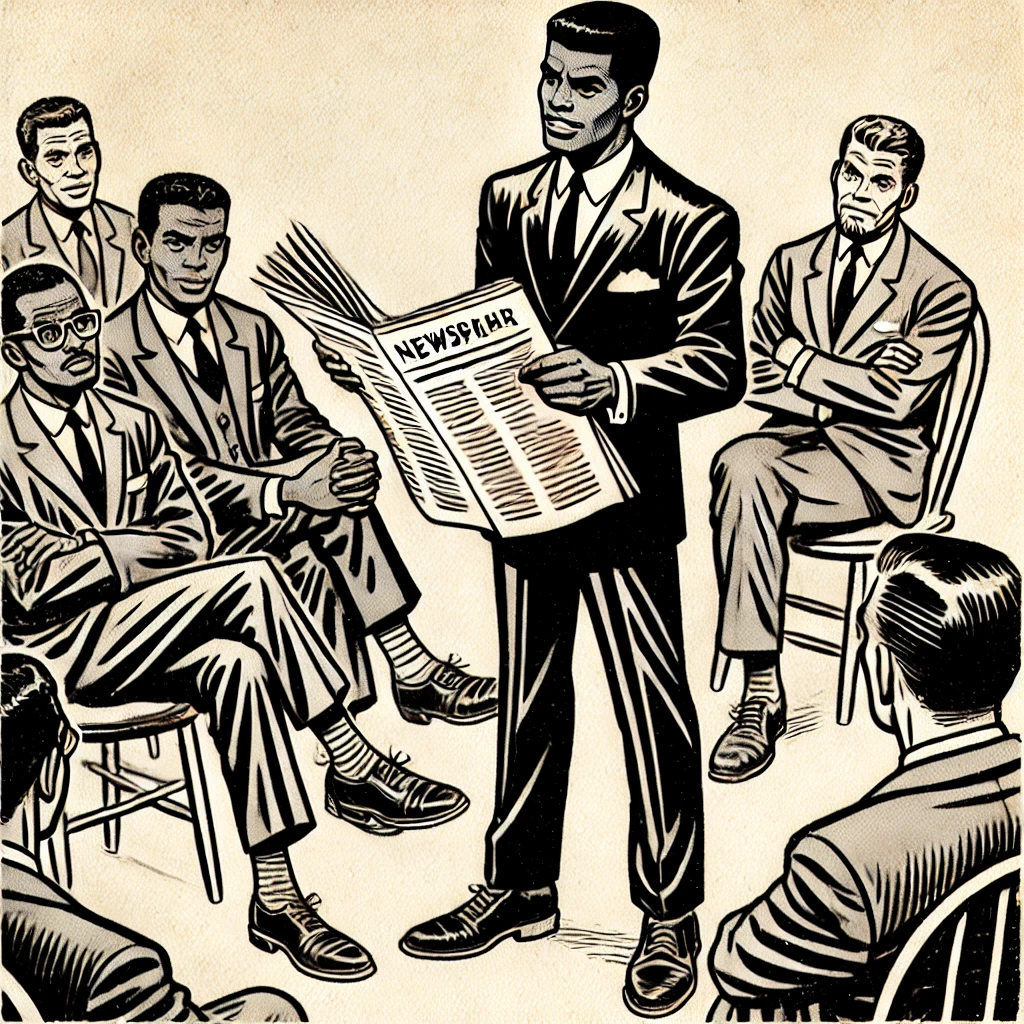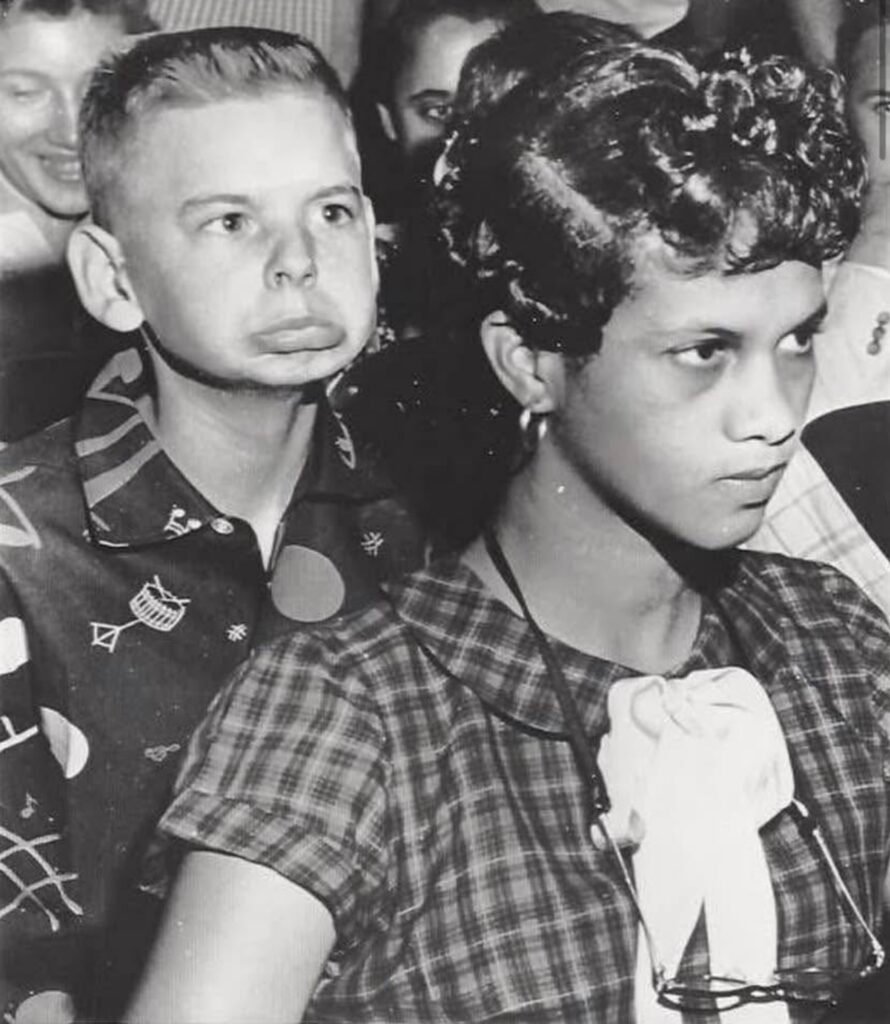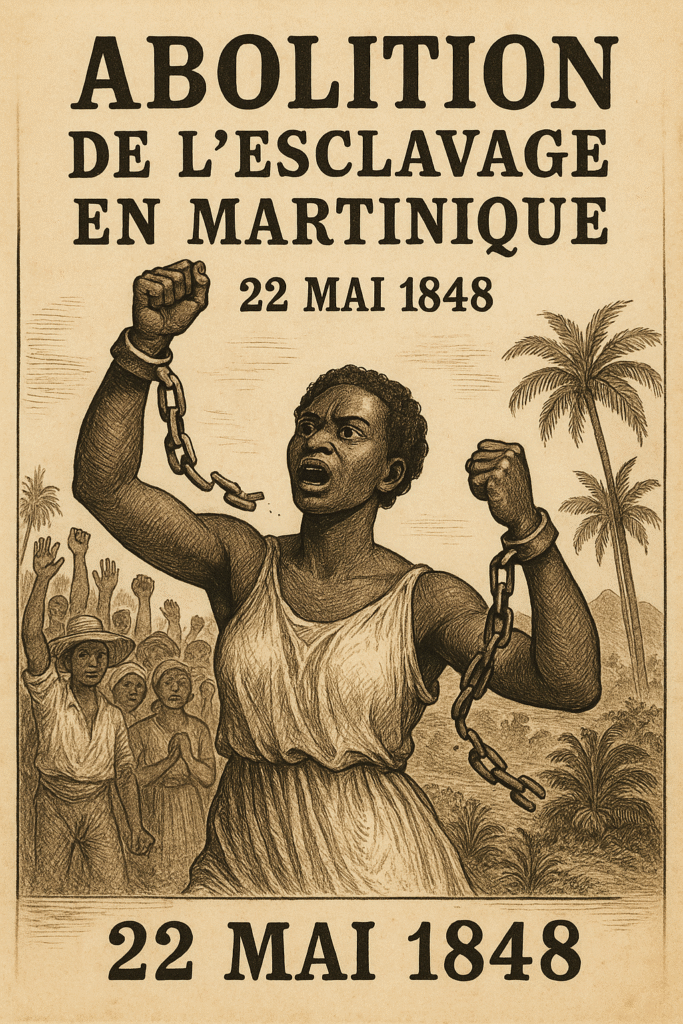Cornrows: The Hidden Road to Freedom
For many, cornrows are just a stylish and cultural expression, but their history runs much deeper than fashion. They were once a powerful tool of survival, communication, and resistance for enslaved Africans, serving as maps to freedom and even a way to carry the very seeds of their future.
Braids as a Secret Escape Map
During slavery, Africans were stripped of their names, traditions, and even the freedom to express themselves. But one thing they managed to keep was the art of braiding. Cornrows weren’t just a means of grooming—they became a secret code.
Enslaved Africans would braid intricate patterns into their hair that served as maps to guide those seeking freedom. Certain styles indicated paths through the wilderness, hidden routes leading to maroon communities, or even the safest way to reach the Underground Railroad. These messages were undetectable to enslavers, allowing people to pass along escape plans without raising suspicion.
Cornrows as a Storage System for Survival
Freedom wasn’t just about escaping—it was about surviving once you were free. Knowing they might have to travel for days or even weeks without food, some enslaved Africans would braid rice, seeds, or small grains into their hair before making their journey. These hidden resources ensured that, if they reached a safe settlement, they could start anew by planting crops for sustenance.
There are even stories of some braiding gold dust into their hair, ensuring they had something of value once they reached safety. These small yet ingenious acts of defiance were critical to survival and self-sufficiency.
Cornrows as a Cultural Legacy
Despite the brutal attempts to erase African identity, the tradition of braiding remained. Even today, cornrows represent strength, resistance, and heritage. Every twist and pattern carries echoes of the past—of a people who refused to be broken, who wove their history, their knowledge, and their future into their very hair.
So the next time you see someone rocking cornrows, remember: it’s not just a style. It’s a symbol of survival, a hidden road to freedom, and a legacy of strength that still thrives today.









